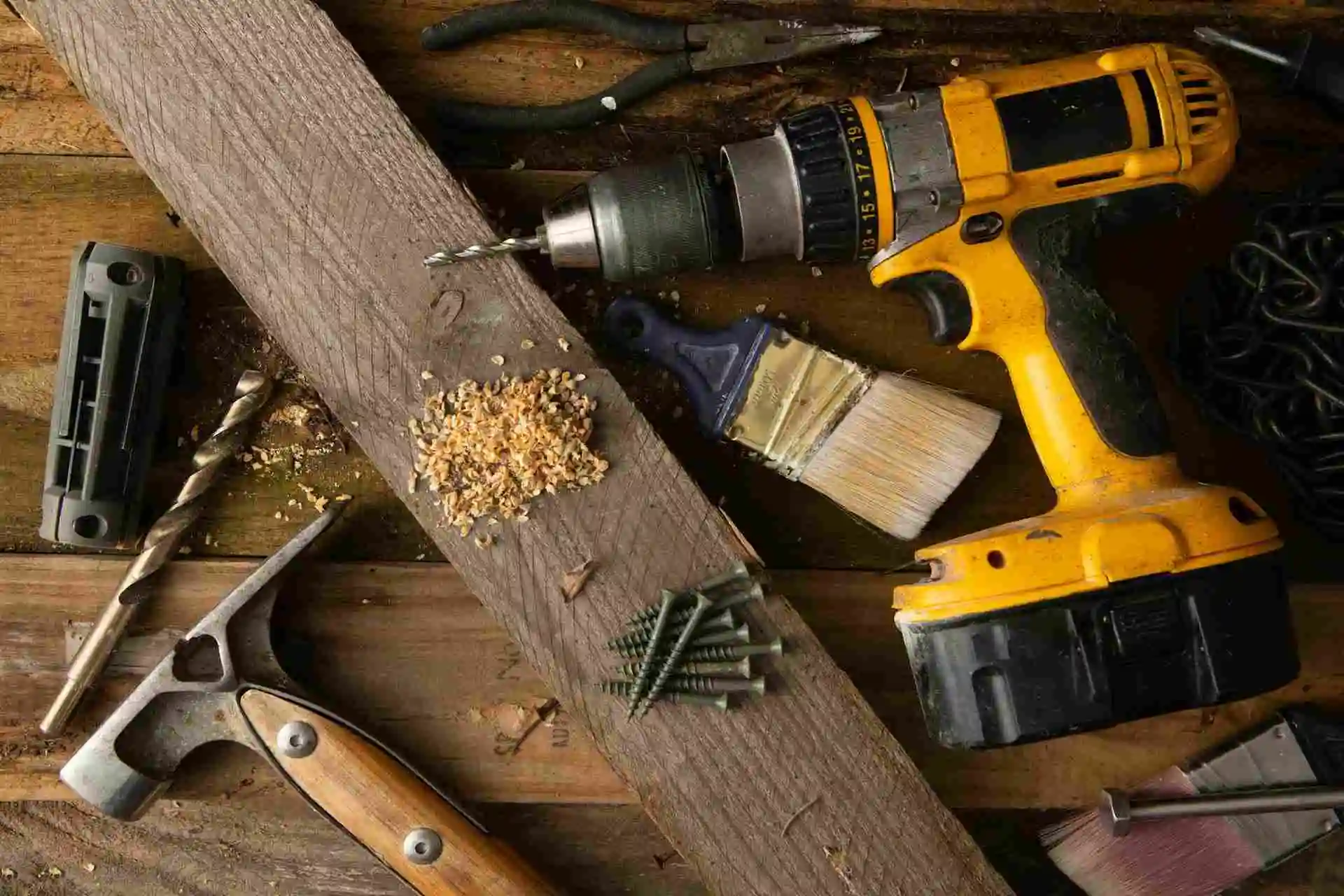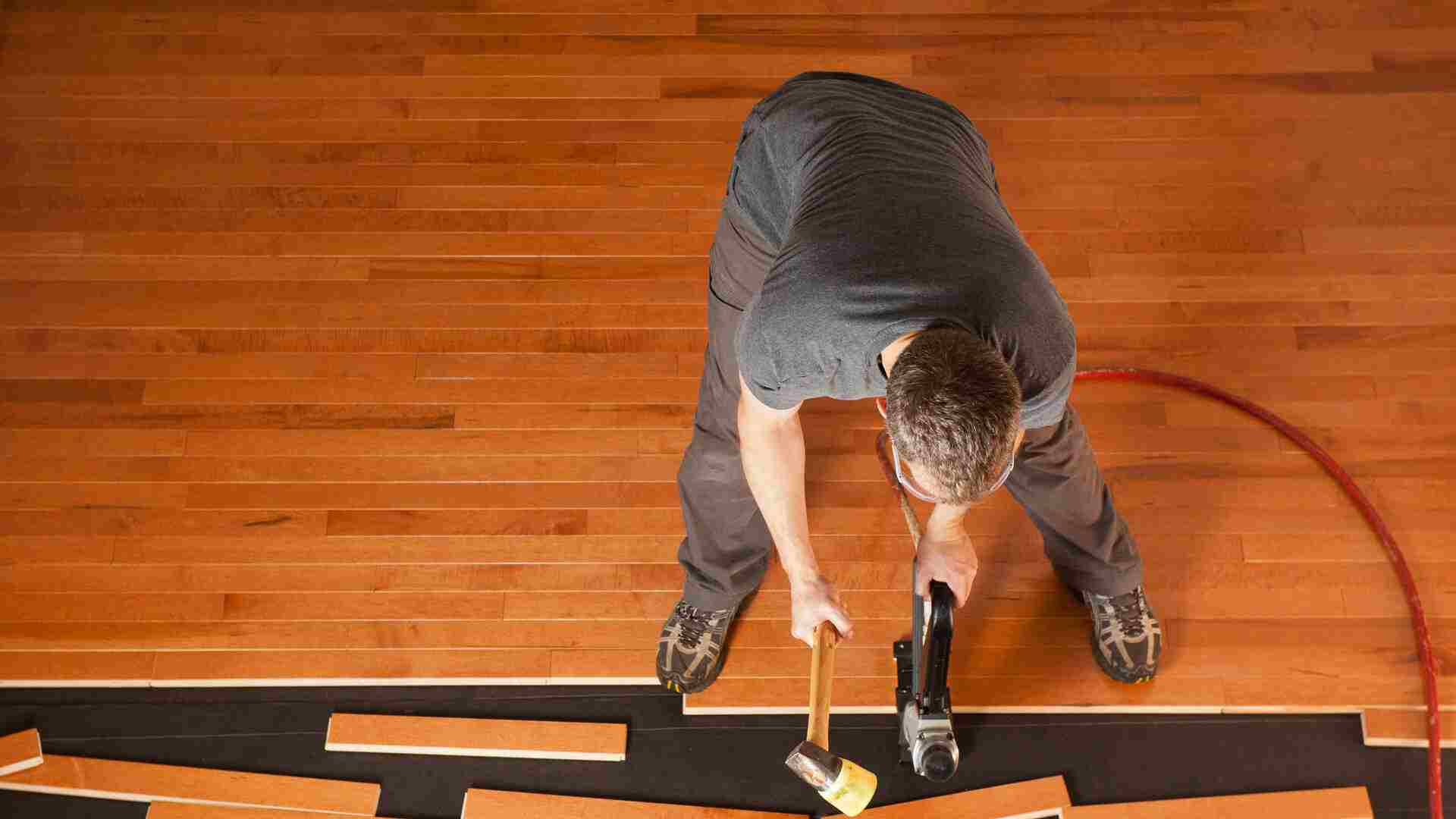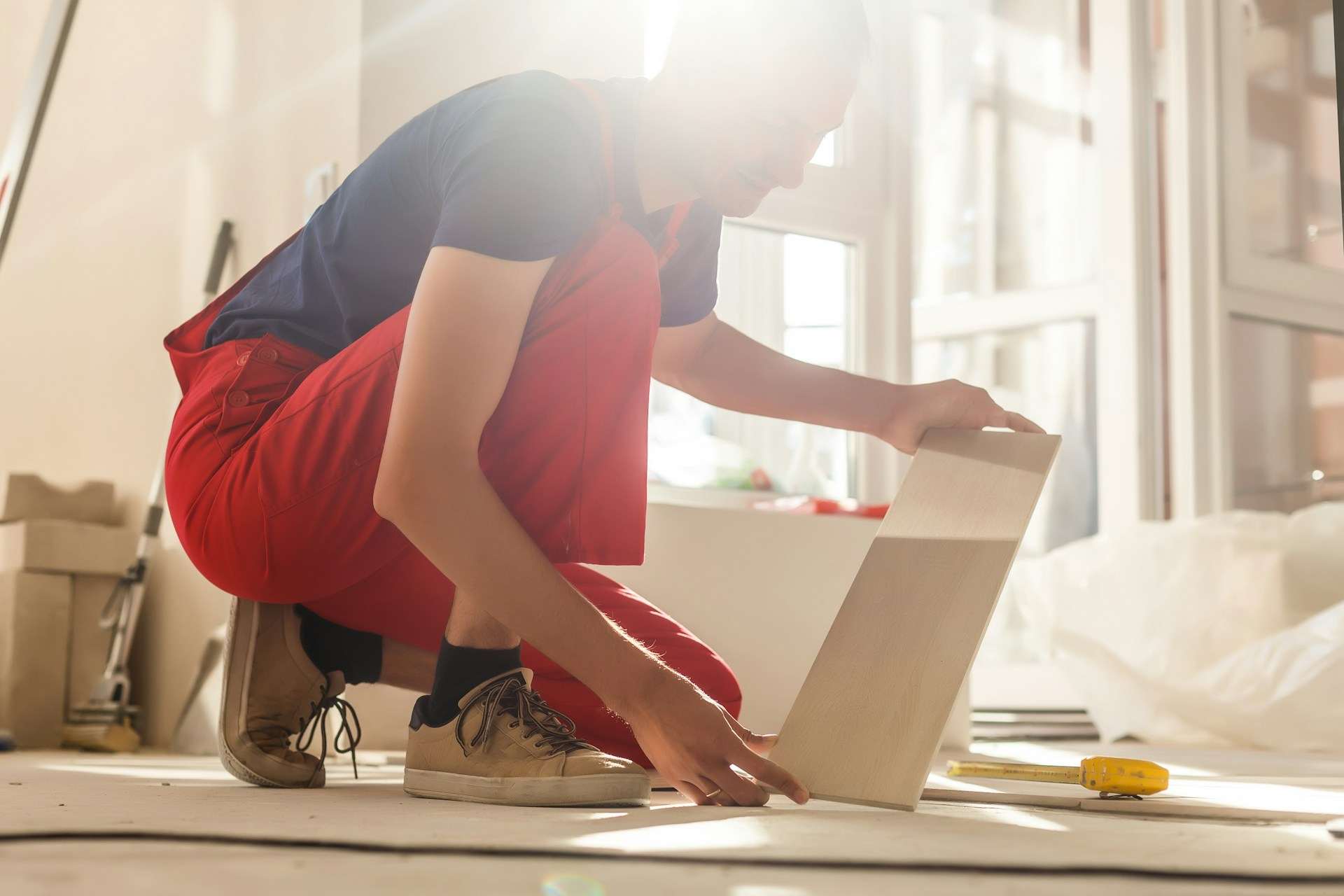Table of Contents
- Not Properly Measuring the Space
- Skipping the Acclimation Process
- Installing Over an Uneven Subfloor
- Choosing the Wrong Type of Flooring for the Room
- Improperly Spacing Expansion Gaps
- Using the Wrong Adhesive or Underlayment
- Failing to Plan the Layout
- Neglecting Moisture Barriers
- Overlooking Transitions and Thresholds
- Conclusion
Introduction
Installing new flooring is one of the best ways to update the look and feel of your home. However, the process can be tricky, and even a small mistake can lead to costly repairs or unsatisfactory results. Whether you’re tackling a DIY flooring project or working with professionals, being aware of these common mistakes will help ensure a smooth and successful installation.
1. Not Properly Measuring the Space
One of the most common mistakes people make when installing new flooring is mismeasuring the space. Even a small miscalculation can lead to shortages, delays, and additional costs. It’s essential to measure each room accurately and take into account any irregularities, such as alcoves or doorways.
Tip: Always add 10% extra material for waste or future repairs. For detailed help with measurements, our flooring services can assist.

2. Skipping the Acclimation Process
Certain types of flooring, especially hardwood and laminate, need time to acclimate to the room’s temperature and humidity. Skipping this step can lead to warping, buckling, or gaps in the flooring after installation.
Tip: Let the flooring materials sit in the room for 48 to 72 hours before installation. This allows them to adjust to the environment.

3. Installing Over an Uneven Subfloor
An uneven subfloor can cause your new flooring to shift, crack, or wear out prematurely. Failing to inspect and repair the subfloor before installation is a mistake that can lead to serious issues down the road.
Tip: Make sure the subfloor is clean, dry, and level. If you’re unsure about the condition of your subfloor, check out our general contracting services to get expert advice.

4. Choosing the Wrong Type of Flooring for the Room
Each room in your home has unique requirements when it comes to flooring. For example, hardwood may not be the best choice for high-moisture areas like bathrooms or basements. Choosing the wrong type of flooring can lead to damage and additional replacement costs.
Tip: Consider moisture levels, foot traffic, and the room’s purpose when selecting flooring. For help choosing the best option, explore our flooring options.

5. Improperly Spacing Expansion Gaps
Some types of flooring, such as hardwood and laminate, expand and contract with changes in temperature and humidity. If you don’t leave enough space between the flooring and the wall (expansion gaps), the floors can warp or buckle.
Tip: Leave at least 1/4 inch of space between the flooring and the wall to allow for natural expansion.

6. Using the Wrong Adhesive or Underlayment
Different types of flooring require specific adhesives and underlayments. Using the wrong materials can result in the flooring not adhering correctly or failing to provide the necessary support.
Tip: Always follow the manufacturer’s recommendations for adhesives and underlayments. For professional guidance, check out our flooring services.
7. Failing to Plan the Layout
Proper planning is essential when installing flooring, especially when working with tiles or patterns. Failing to map out the layout can lead to uneven cuts, mismatched seams, or awkward transitions between rooms.
Tip: Dry-fit your flooring before installation to ensure a seamless look. If you’re dealing with complex layouts, consider reaching out to our flooring experts for assistance.

8. Neglecting Moisture Barriers
For rooms like basements or kitchens, where moisture is a concern, neglecting to install a moisture barrier can lead to water damage, mold, and deterioration of the flooring.
Tip: Always install a moisture barrier for rooms prone to humidity or spills. Learn more about the waterproof flooring options we offer by visiting our flooring options.

9. Overlooking Transitions and Thresholds
Installing new flooring without considering the transitions between rooms can lead to tripping hazards or uneven surfaces. Transitions between different types of flooring, such as from tile to carpet, require special attention to ensure a smooth, safe finish.
Tip: Use transition strips to create a seamless flow between different flooring types. For professional installation, our flooring services can ensure a perfect fit.
Conclusion
Avoiding these common flooring installation mistakes can save you time, money, and headaches in the long run. Whether you’re installing new floors yourself or working with a professional, being aware of these potential pitfalls will help you achieve the perfect finish.
Our Services
At Design Center East, we offer a comprehensive range of kitchen remodeling services tailored to meet your specific needs and desires. From luxurious countertops to custom cabinets, eco-friendly flooring solutions, and state-of-the-art appliances, we ensure every detail reflects your personal style while maximizing functionality.
When it comes to adding elegance, comfort, and safety to your staircase, stair runners are an unbeatable choice.
Before you dive into selecting tiles or fixtures, it’s crucial to understand the differences between a bathroom remodel and a renovation.